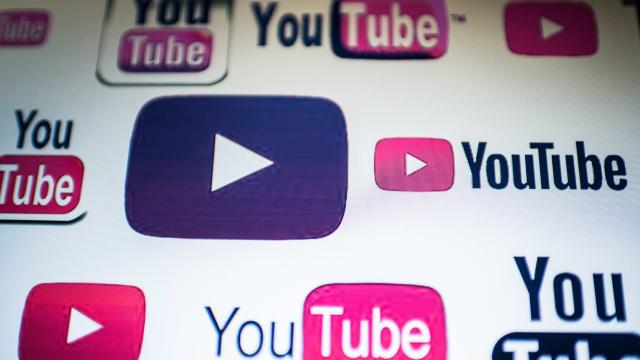The relationship between YouTube and its content creators can best be described as symbiotic: Vloggers rely on the platform’s promises of in nature, the back-and-forth is seriously weighted in favour of the tech giant, with every update seemingly giving its creators less and less of a cut.
The latest example comes courtesy of the new round of updates to the YouTube Measurement Program earlier this week. The YTMP has been on the ground for years as a way to give advertisers greater control about where their ads run across the platform, offering them the chance to measure video safety. On Monday, the program was tweaked to give advertisers greater control”but the changes could end up shooting creators in the foot.
First, a bit of background: YouTube initially rolled out the YTMP back in early 2017 to give advertisers a standard set of metrics about the kinds of content their ads were running alongside, and how many clicks their copy was earning. At the time, YouTube gave its seal of approval to a handful of trusted third parties to slurp this data from the then-nascent YouTube data API, with the promise that advertisers could monitor their ads post-hoc to see if any risky content came up in the mix.
The new-and-improved YTMP tacked on five more trusted partners to give these same advertisers the chance to block that risky content before their ads have the misfortune of running next to it. Right now, a lot of that risky content is related to the current pandemic, and a quick search shows that the platform has no shortage of content that’s risky or downright wrong.
Preemptively blocking keywords like “coronavirus” or “covid-19″ could keep advertisers from profiteering off of the deluge of dangerous misinformation running rampant on the platform, but it can also keep legitimate video creators and journalists from profiting off of their own work. It’s what we’ve been seeing across the web in the midst of this global pandemic: News readers and watchers are clamoring for content like never before, and advertisers are refusing to pay for it. It’s part of the reason we’re seeing newsrooms slashed left and right across the country right now, with some print publications shuttering their print operations for good as a result.
YouTube is no stranger to placating its paying customers to the detriment”and demonetization”of the creator community at large. Last year, for example, a team of creators in the queer community found that their content was being demonetised for using keywords that were, well, queer. It’s similar to what you’ll see elsewhere in the web: The keyword-blocking tech found in most advertiser’s toolkits will often systematically blacklist phrases like “gay” or “lesbian” from their roster for no other reason that it might seem “icky” to the person who spun up that blacklist in the first place. And while those advertisers and adtech companies are sleeping well at night, LGBT media outlets”and YouTube channels”continue to struggle, if not outright shutter.
As we’ve previously covered, YouTube’s parent company, Google, has paid a lot of lip service to the journalism industry as of late, most recently unrolling a fund to give financial relief to the news organisations that might be systematically gutted in the current environment. But in the battle between news publishers on the web”or video producers on YouTube”advertisers’ needs will always take a front seat.
